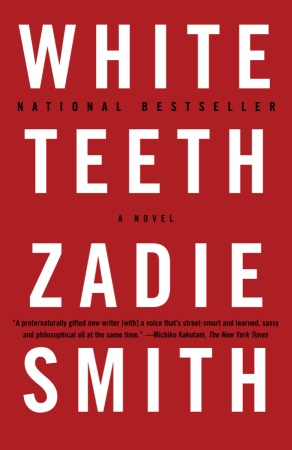University of British Columbia
September 2001
166 pages
Marco Polo Hernández Cuevas, Associate Professor of Spanish
North Carolina Central University
A thesis submitted in partial fulfillment of the requirements for the degree of Doctor of Philosophy in Faculty of Graduate Studies.
“The Erasure of the Essential Afro Element of Mestizaje in Modern Mexico: The Coding of Visibly Black Mestizos According to a White Aesthetic In and Through the Discourse on Nation During the Cultural Phase of the Mexican Revolution, 1920-1968″ examines how the Afro elements of Mexican mestizaje were erased from the ideal image of the Mexican mestizo and how the Afro ethnic contributions were plagiarized in modern Mexico. It explores part of the discourse on nation in the narrative produced by authors who subscribed to the belief that only white was beautiful, between 1920 and 1968, during a period herein identified as the “cultural phase of the Mexican Revolution.” It looks at the coding and distortion of the image of visibly black Mexicans in and through literature and film, and unveils how the Afro element “disappeared” from some of the most popular images, tastes in music, dance, song, food, and speech forms viewed as cultural texts that, by way of official intervention, were made “badges” of Mexican national identity.
The premise of this study is that the criollo elite and their allies, through government, disenfranchised Mexicans as a whole by institutionalizing a magic mirror—materialized in the narrative of nation—where mestizos can “see” only a partial reflection of themselves. The black African characteristics of Mexican mestizaje were totally removed from the ideal image of “Mexican-ness” disseminated in and out of the country. During this period, and in the material selected for study, wherever Afro-Mexicans—visibly Afro or not—are mentioned, they appear as “mestizos” oblivious of their African heritage and willingly moving toward becoming white.
The analysis adopts as critical foundation two essays: “Black Phobia and the White Aesthetic in Spanish American Literature,” by Richard L. Jackson; and “Mass Visual Productions,” by James Snead. In “Black Phobia…” Jackson explains that, to define “superior and inferior as well as the concept of beauty” according to how white a person is perceived to be, is a “tradition dramatized in Hispanic Literature from Lope de Rueda’s Eufemia (1576) to the present” (467). For Snead, “the coding of blacks in film, as in the wider society, involves a history of images and signs associating black skin color with servile behavior and marginal status” (142).
Read the entire thesis here.

